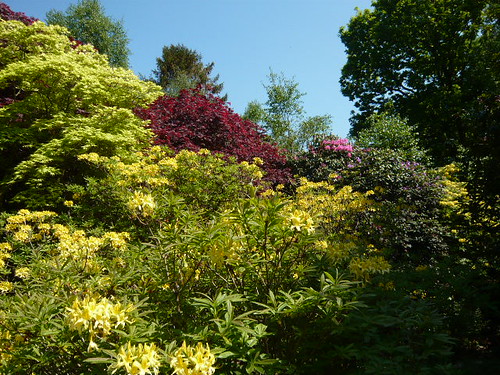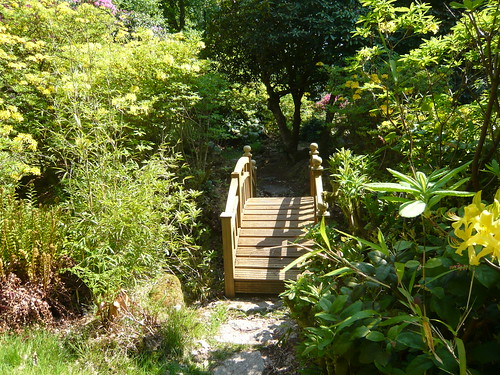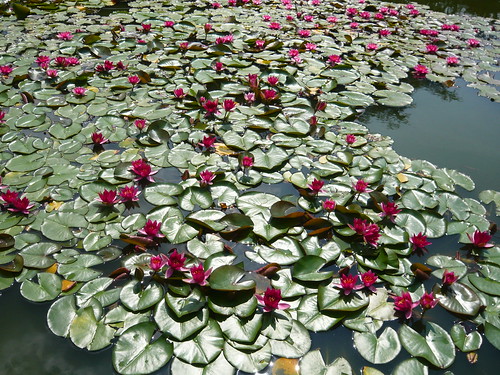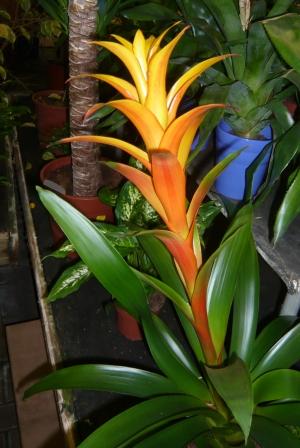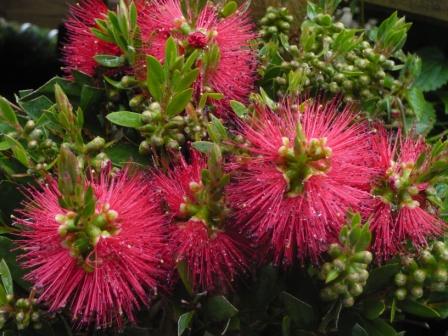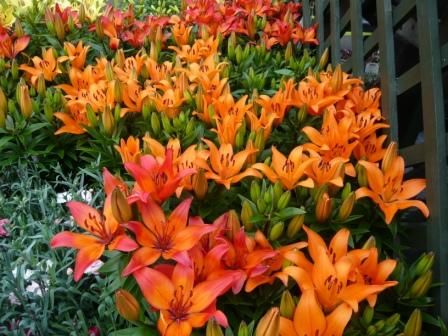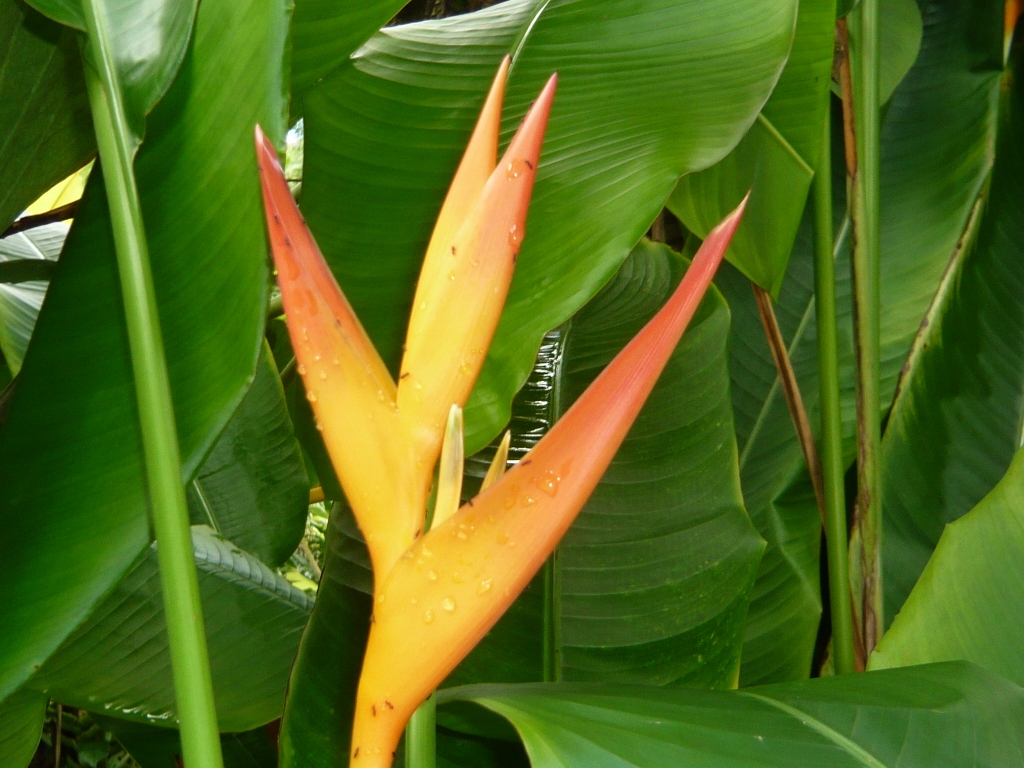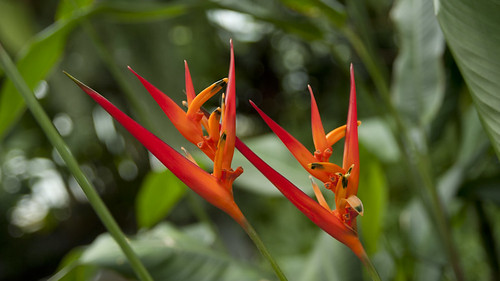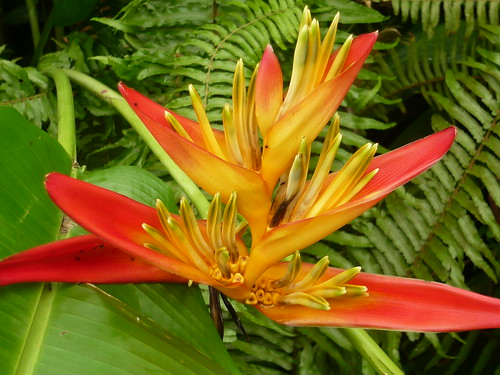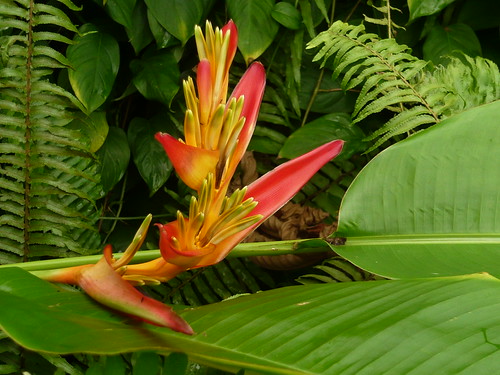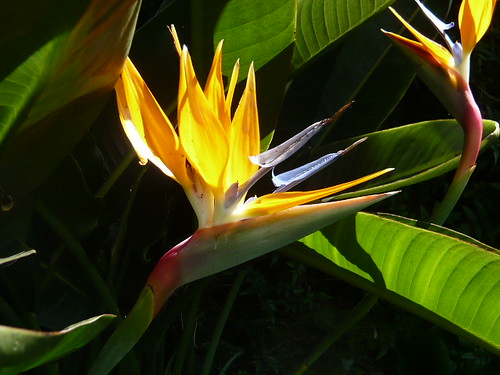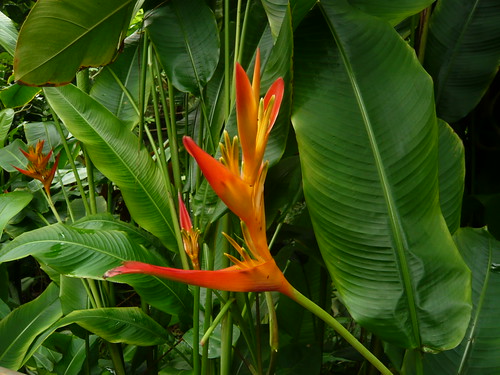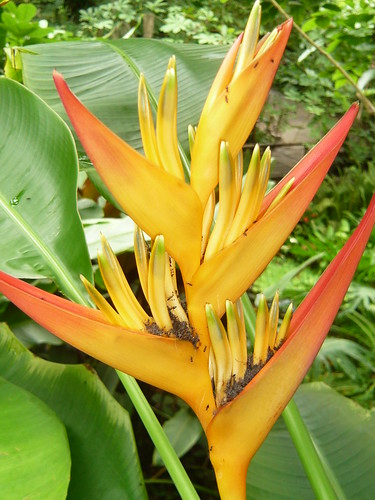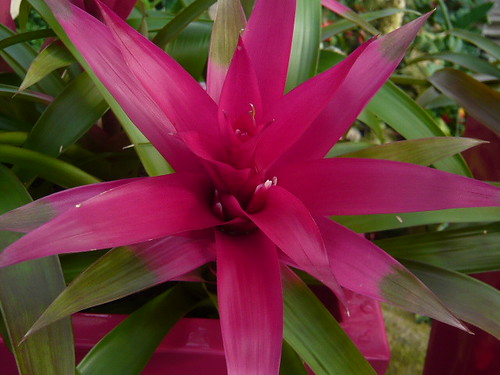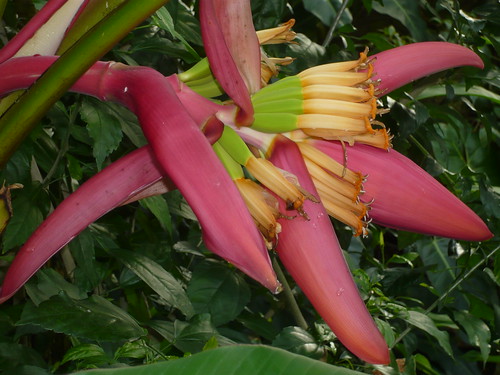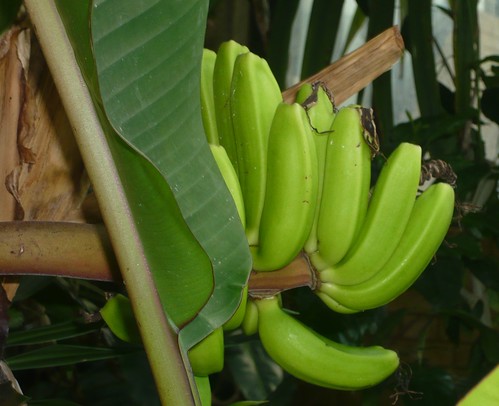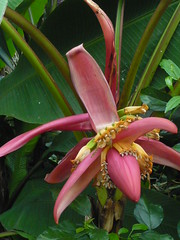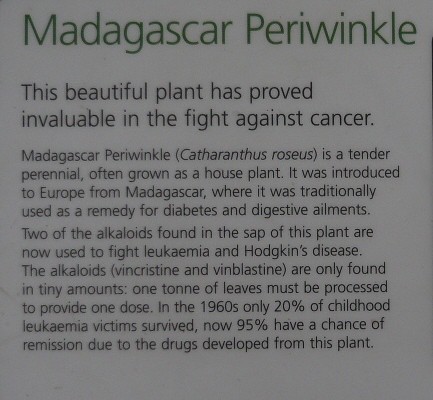Botanical Gardens and Botanics
Definitions and Scope
Botany is the science of plant life. In other descriptions it is the study of plant science or plant biology. A botanist is one who studies botany.
A botanic is a drug or medicinal preparation obtained from a plant or plants.Â
“Botanic gardens are institutions holding documented collections of living plants for the purposes of scientific research, conservation, display and education.”
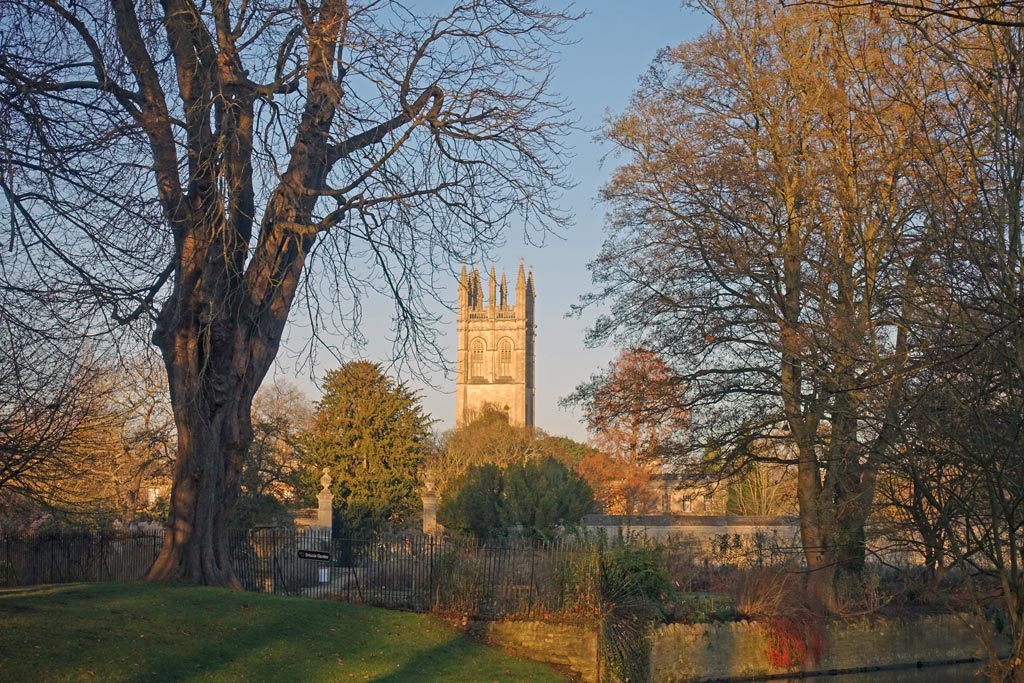
Oxford Botanic Gardens and Magdalen College Tower.
This garden, the oldest in the UK was founded in 1621 as a physic garden growing plants for medicinal research
The original Cambridge University Botanic Garden (CUBG) was founded in 1762 with the larger site opening in 1846. It provides inspiration for botanists, gardeners and the public with an array of 8000 plant species. As a university garden it has a resources for research and teaching based on a collection of living plants labelled with their botanical names. CUBG is one of 1600 heritage-listed gardens which are based on ‘designed’ landscapes, rather than on planting or botanical importance.
Chelsea Physic Garden was established as the Apothecaries’ Garden in 1673
Birmingham Botanical Gardens
Durham University Botanic Garden plus other University led botanic gardens at Leicester and Bristol
Ness Botanic Gardens
Royal Botanic Gardens Kew
Sheffield Botanic Garden has been restored with different garden areas with plants from all over the world, this 19-acre Gardenesque-style botanical garden is a diverse one to visit. As with other good botanic gardens it holds National Plant Collections in Sheffields case Weigela, Diervilla and Sarcococca.
National Botanic Garden of Wales
Belfast College Park, Botanic Avenue
Jardim Botânico, Rio de Janeiro, Brazil contains exotic plants in a massive 137-hectare garden’
Singapore Botanic Gardens founded in 1859 has Singapore’s National Orchid Garden holding a collection of more than 1,000 species and 2,000 hybrids of orchids
Other large cities have notable botanic gardens including Sidney, New York, Kirstenbosch, Padova, Munchen and Montreal.
Botanic Labeling
Botanic label and specimen containing the family name Myrsinaceae, or the myrsine family and origin S W Turkey. The species name Cyclamen Cilcium, the forma as two cultivars have been named but there are many similar wild forms. The number is the accession number 4 digits show the year the plant was first acquired then last four numbers are sequential numbers.
Myrsinaceae is a rather large family from the order Ericales, that includes Cyclamen among 30+ genera.



